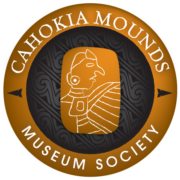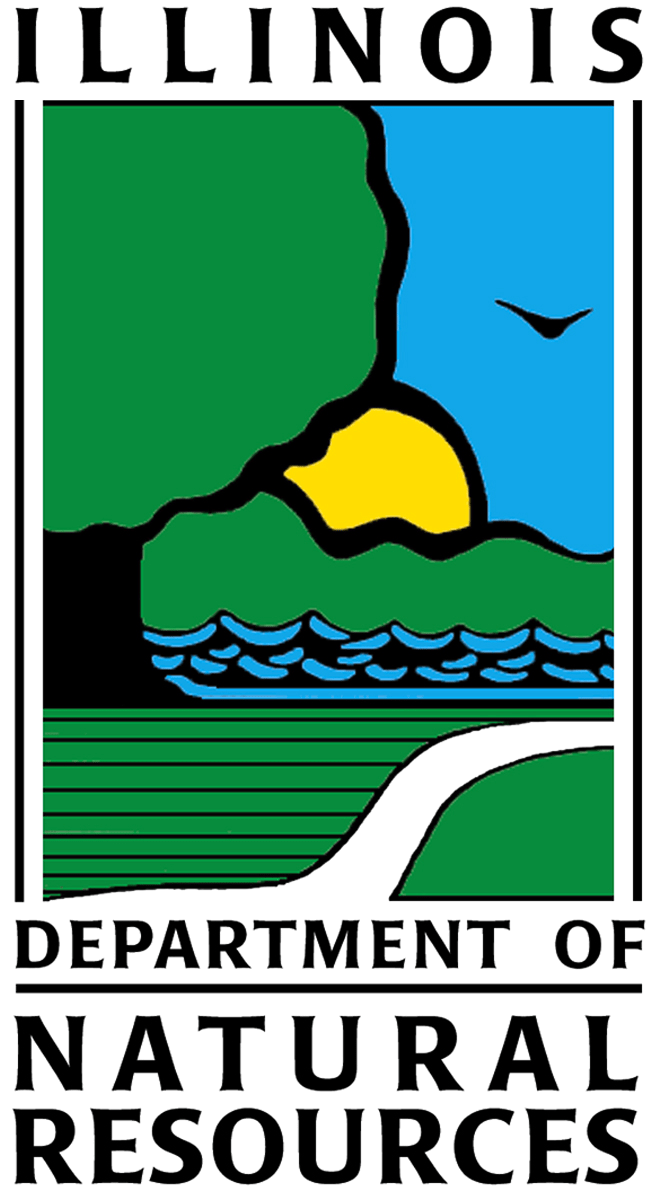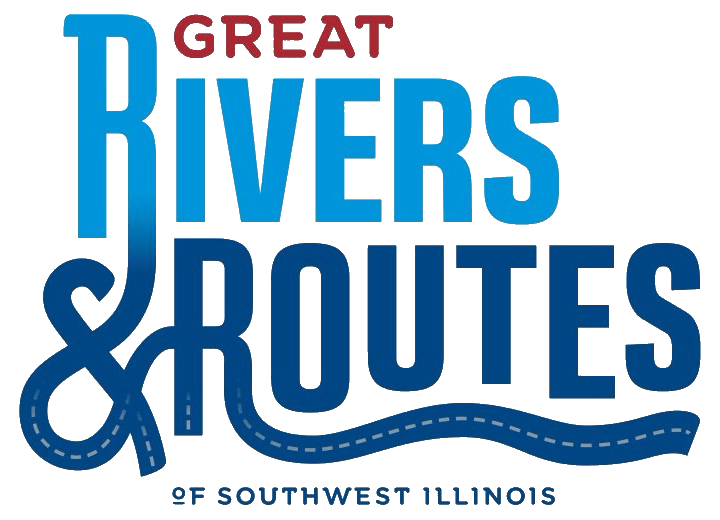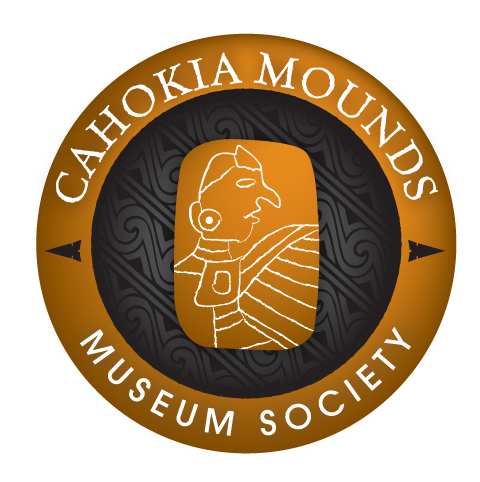Description
By Frances B. King
Plants have the unique ability to absorb water, minerals, and sunlight and convert them into living matter which, in turn, provides the basic food source for other types of organisms, including man. In addition to forming the bulk of our diets, plants are of utmost importance to the comfort and well-being of persons of every level of sophistication and economic status. They yield wood for fuels, houses, and tools; fibers for fabrics and paper; dyes, oils, and chemical compounds used in medicines, soaps, and pesticides; and a multitude of other applications. Plants are the primary producers in our world: without the life would not exist as we know it.
The objective of this study are severalfold. Prior to this, there has been no publication listing the edible plants or discussing those plants with potential aboriginal use in Illinois. Although some local studies exist for portions of the state, it has generally been necessary to extrapolate data from studies in adjacent regions. This study, therefore, is meant as a ready reference on the distribution and use of Midwestern wild or naturalized plants (those that were introduced in one manner or another and then became established in the wild) for foods, medicines, beverages, tobacco substitutes dyes or technological purposes. While written primarily for archaeologists, the information presented here should be of value to persons interested in natural dyeing, edible wild plants, herbal teas, or “natural” medicines.
Illinois State Museum Scientific Papers, 1984
ISBN: 0-89792-100-3







